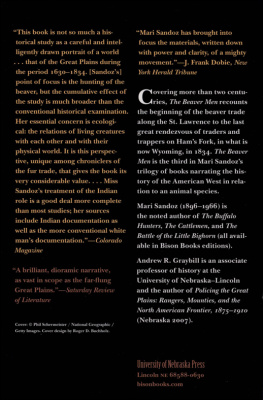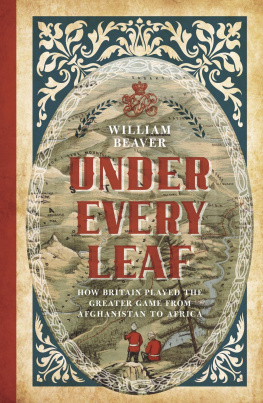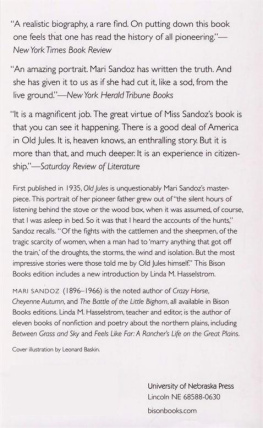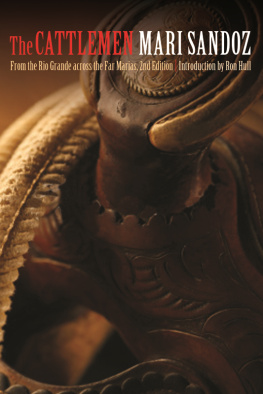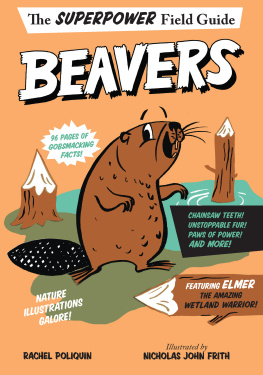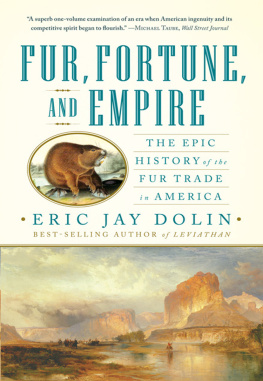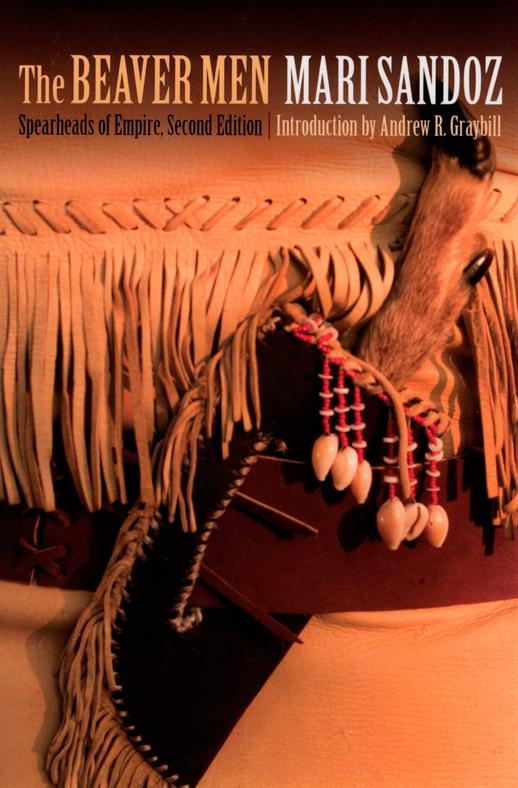Books by Mari Sandoz published by
the University of Nebraska Press
The Battle of the Little Bighorn
The Beaver Men: Spearheads of Empire
The Buffalo Hunters: The Story of the Hide Men
Capital City
The Cattlemen: From the Rio Grande across the Far Marias
Cheyenne Autumn
The Christmas of the Phonograph Records
Crazy Horse: The Strange Man of the Oglalas
The Horsecatcher
Hostiles and Friendlies: Selected Short Writings of Mari Sandoz
Letters of Mari Sandoz
Love Song to the Plains
Miss Morissa: Doctor of the Gold Trail
Old Jules
Old Jules Country
Sandhill Sundays and Other Recollections
Slogum House
Son of the Gamblin Man: The Youth of an Artist
The Story Catcher
These Were the Sioux
The Tom-Walker
Winter Thunder
1964 by Mari Sandoz
Introduction 2009 by the Board of Regents of the University of Nebraska
All rights reserved
Manufactured in the United States of America

First Nebraska paperback printing: 1978
Reprinted by arrangement with the Estate of Mari Sandoz,
represented by Mcintosh and Otis, Inc.
Library of Congress Cataloging-in-Publication Data
Sandoz, Mari, 1896-1966.
The beaver men: spearheads of empire / Mari Sandoz;
introduction to the Bison Books edition by Andrew R. Graybill.2nd ed.
p. cm.
Originally published: New York: Hastings House, 1964.
Includes bibliographical references and index.
ISBN 978-0-8032-4378-1 (pbk.: alk. paper)
1. West (U.S.)HistoryTo 1848. 2. Northwest, CanadianHistory.
3. Fur tradeWest (U.S.) 4. Fur tradeNorthwest, Canadian. I. Title.
F592.S2 2009
978'.01dc22
2009034717
E-book ISBN: 978-0-8032-4601-0
INTRODUCTION
Andrew R. Graybill
According to one of her biographers, The Beaver Men is Mari Sandoz's "most ignored book." No doubt, it rests in the long shadows cast by two other installments of Sandoz's planned seven-volume epic of the Great Plains: Old Jules (1935), the celebrated biography of her vicious but compelling father; and Crazy Horse: The Strange Man of the Oglalas (1942), her study of the brilliant Lakota Sioux war leader. Perhaps The Beaver Men received so little attention because by the time it appeared in 1964, just two years before Sandoz's death from cancer, critics had accepted the author's unusual if captivating approach to narrating the history of her home region, and they found little else to say about the book except that it was a fine piece of work.
To be sure, The Beaver Men displays all the hallmarks of Sandoz's best scholarship. For one thing, the book is tremendously well researched, based on the consultation of extensive source material in Canada and the United States as well as oral histories of Native peoples gathered by Sandoz herself. For another, The Beaver Men is rooted firmly in place; indeed, it is impossible to come away from the book without a powerful sense of the landscape Sandoz describes in loving detail, from the lilt of the northern Plains to the icy tributaries of the Missouri watershed. But above all, The Beaver Men is beautifully written, pulling in even the casual reader right from the start with a meticulous reconstruction of perhaps the first appearance of white fur hunters in the mid-seventeenth century among the Indians of the Upper Missouri.
What is most impressive about The Beaver Men, however, is its sophistication when considered from the perspective of the twenty-first century, seen in three fundamental respects. First, Sandoz eschews the hoary stereotypes that characterized much of the early historiography of the fur trade and that caused the field to decline in significance among serious historians (at least in the United States). Her study is decidedly not about mountain men who headed west to escape the confines of polite society, in the process bringing "civilization" to "debased" Native peoples. Rather, as suggested by the book's subtitle, Sandoz creates a much more satisfying portrait, seeing these early trappers and traders as "spearheads of empire"men who acted on behalf of political and economic interests located in European and North American metropoles. As Sandoz notes in the foreword, she approaches the fur trade as simply another chapter in the long history of human conquest, presaging the arguments of many later scholars of the West who view the region through the lens of colonialism.
Second, as in so many of her books, Sandoz develops a keen ecological perspective in The Beaver Men. In fact, the story seems practically told from the viewpoint of Castor canadensis itself, truly "history from the ground up" if ever the phrase applied. Take, for example, her careful and well-informed description of the animal's lifecycle, which in turn shaped the habits of the peopleboth white and Nativewho pursued the creature relentlessly. Moreover, Sandoz illustrates how this quest for pelts caused widespread environmental destruction by the early nineteenth century, including the loss of beaver habitat, extensive deforestation in the valleys of Plains waterways, and the introduction of Euroamerican microbes, none more devastating than the virus that causes smallpox. In Sandoz's telling, as in the work of contemporary environmental historians (whose field emerged only in the 1970s), the natural world is a central historical actor.
Only in very recent times have historians questioned this format, noting that Indians and Europeans alike made few such distinctions between British (later Canadian) and American territory before the late eighteenth century. Similarly, the lines of nonexistent nation states do not confine Sandoz, so that the Hudson's Bay and North West companies are as important to her story as the machinations of American entrepreneurs in New York and St. Louis.
For all its merits, The Beaver Men is not without shortcomings. For instance, while Sandoz does a commendable job in restoring Native peoples to the history of the fur trade, her scathing indictment of white newcomers is overdone. Certainly, European and North American outsiders brought untold horrors to the Indians they encountered, but Sandoz has such ample historical evidence at her disposal and prodigious gifts as a storyteller that polemics are superfluousthe careful reader will almost surely reach the same conclusions she did. And she is inconsistent to boot, warmly dedicating her book to "the nameless coureurs de bois" who served in essence as the shock troops of the very empires she decries.
More surprising, perhaps, is her failure to investigate the history of the Metis, peoples of mixed Native and white ancestry who were the most important and obvious legacy of the fur trade as well as its principal actors by the late eighteenth century. In fairness, only now are American scholars waking up to the history of these people-in-between (the historiography of the Metis in Canada is more developed in part because of their recognition by Ottawa as a distinct indigenous group). Still, for such a pathbreaking book as The Beaver Men, Sandoz's oversight is all the more regrettable.
But in the end, these quibbles should not obscure Sandoz's lasting and monumental achievement. It is to be hoped that this reissue will help bring her wonderful book the attentionfrom scholars and general readers alikethat it so richly deserves.
NOTES

